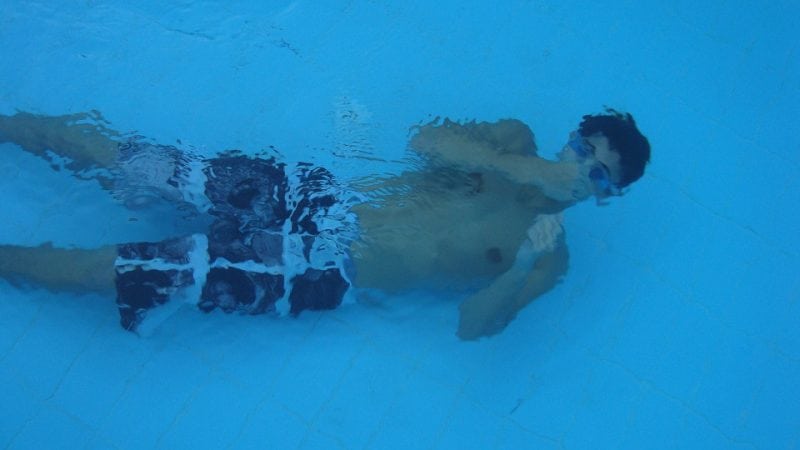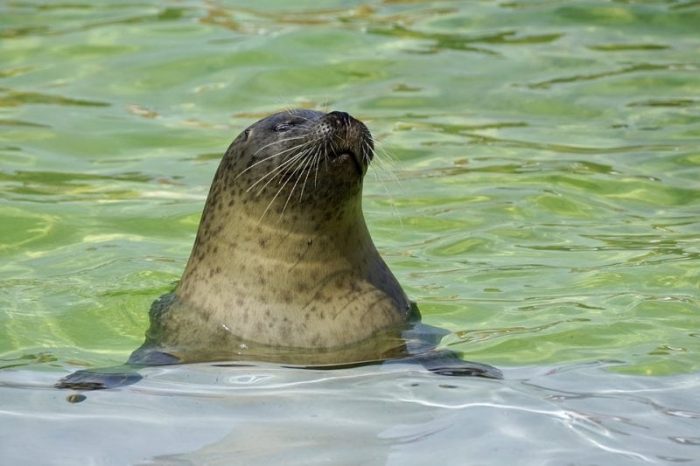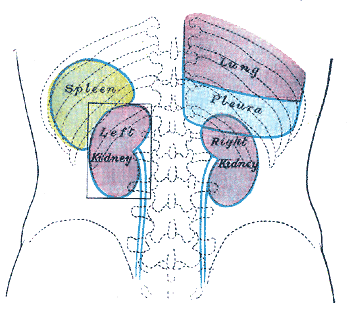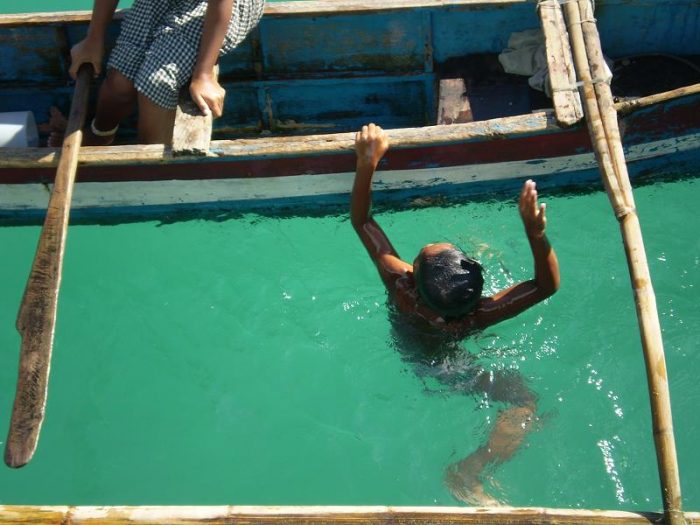
A study recently published in the journal Cell has found that the Bajau people, who live in Southeast Asia, have evolved a mutation to their DNA which gives them larger spleens. The larger spleens the Bajau people have assist them in diving underwater, helping them hold their breath for longer durations than most people.
Most people are only capable of holding their breath for a maximum of a couple minutes, but Bajau divers are capable of holding their breath for around five minutes and up to 13 minutes in some cases. An individual’s ability to hold their breath may be directly tied to the functioning of their spleen. For instance, it’s known that marine mammals, which spend most of their time underwater, have much larger spleens than land mammals. The Bajau seem to have evolved larger spleens than most other humans, thanks to the substantial amount of time that they spend underwater.

Photo: Marine mammals like seals often have larger spleens than land mammals. Photo: Suju via Pixabay
The Bajau People’s Increased Spleen Size
The Bajau people live in coastal villages all through Southeast Asia, and they spend much of their time diving for food like shellfish and fish, which they collect with traditional spears. The Bajau people have hunted for food this way for over 1000 years. Hunting like this for many generations seems to have caused changes to the size of the spleen within the Bajau people. The spleen stores red blood cells that are full of oxygen, contracting to release the stored oxygen into the blood supply during diving.
Melissa Ilardo, a graduate student from the University of Copenhagen, heard about the Bajau people’s ability to dive for long periods and was interested in whether or not they had evolved any strategies for dealing with hypoxia (insufficient oxygen reaching the body’s tissues) while diving. Ilardo recruited around 40 Bajau people as well as about 30 Salaun people (a group of people who live on the mainland of Indonesia). Ilaro then gathered data from the volunteers, using an ultrasound machine to measure the size of their spleen and taking saliva samples for use in DNA sequencing.

Photo: Public Domain
Upon reviewing the data, Ilardo and colleagues found several interesting things. The researchers noted that the average spleen size for Bajau people was about 50% larger than the average spleen size of the Saluan people, even when controlling for variables like weight, height, sex, and age.
Says Ilardo:
If there’s something going on at the genetic level, you should have a certain sized spleen. There we saw this hugely significant difference.
Genetic Variants
Ilardo and the research team then set about comparing the genomic sequences of both the Saluan and Bajau people to the sequences of the Han Chinese population, who were chosen as an unrelated control group.
Upon creating a phylogenetic tree, the team made a second discovery – the Saluan people and the Bajau people likely diverged from one population about 15,000 years ago. The researchers hypothesize that the genetic variation responsible for the enlarged spleen arose after the divergence occurred.
The researchers found that there was a variant adjacent to a gene that creates PDE10A, a nucleotide responsible for the regulation of smooth muscle contraction, notably including the muscles near the spleen. This genotype has also been correlated with fluctuating thyroid levels in mice. Thyroid levels have themselves been linked to spleen size in mice, and mice with lower levels of thyroid tend to have smaller spleens.
The research team found another important modified sequence as well, a variation adjacent to the gene BDKRB2. Previous research has found that the gene is associated with the body’s diving response, but isn’t associated with spleen size. Rasmus Nielson, a co-author on the study, says that they aren’t sure what role the variant plays in adapting the body to diving, but it’s something that they would like to study next.
Other Explanations For An Enhanced Diving Ability

Photo: By Ronnie Puckett from Near Atlanta, Ga USA – Badjao, CC BY 2.0, https://commons.wikimedia.org/w/index.php?curid=15528188
Other scientists have responded to the research positively, saying that it provides impressive evidence of genetic adaptation and natural selection. Tatum Simonson, also wrote that the study was important, as it provided the first ever evidence regarding the genetic adaptation of populations of diving humans. It also “elucidates genetic pathways important in hypoxia tolerance”.
Cynthia Beall, an anthropologist from Case Western Reserve University in Cleveland, did not participate in the study but wrote that it helped “provide empirical evidence about the trajectory of natural selection in our species and the time frames of those processes”. However, while Beall thinks the research is important, she wants to see more research done on the subject before committing to the idea that the spleen is responsible for the superior diving ability of the Bajau. Beall is curious about which agent of natural selection created the larger spleens.
Richard Moon, Professor of Anesthesiology at the Duke University School of Medicine, cautions against attributing too much of the Bajau’s extraordinary diving ability to the spleen. Moon says that though the spleen may explain some of the Bajau’s diving ability, there could be other factors influencing it. Moon says that simple regular training could explain much of their diving ability, along with factors like a stretched thoracic diaphragm and more compliant abs.
Scientists are also interested in comparing the evolutionary strategies of diving populations to those possessed by populations who live at high altitudes. Those who live at high altitudes, like Tibetans, have genetic adaptations that affect red blood cell count. Comparing lung volume and other phenotypic traits between diving populations and high altitude populations may lead to some interesting findings.
The current study and future studies into diving populations could have medical applications. The dive response of the human body shares similarities with a medical condition referred to as acute hypoxia. In acute hypoxia, people rapidly lose oxygen from their bodies and understanding it could help prevent or treat it.
Unfortunately, populations of sea nomads like the Bajau are facing difficulty surviving. They don’t have many of the same rights that mainland Indonesians enjoy, industrial fishing has depleted local stocks they depend on, and climate change is impacting many of the areas they call home. For these reasons Ilardo is worried that the lessons we can learn from their unique physiology are in danger of disappearing.









